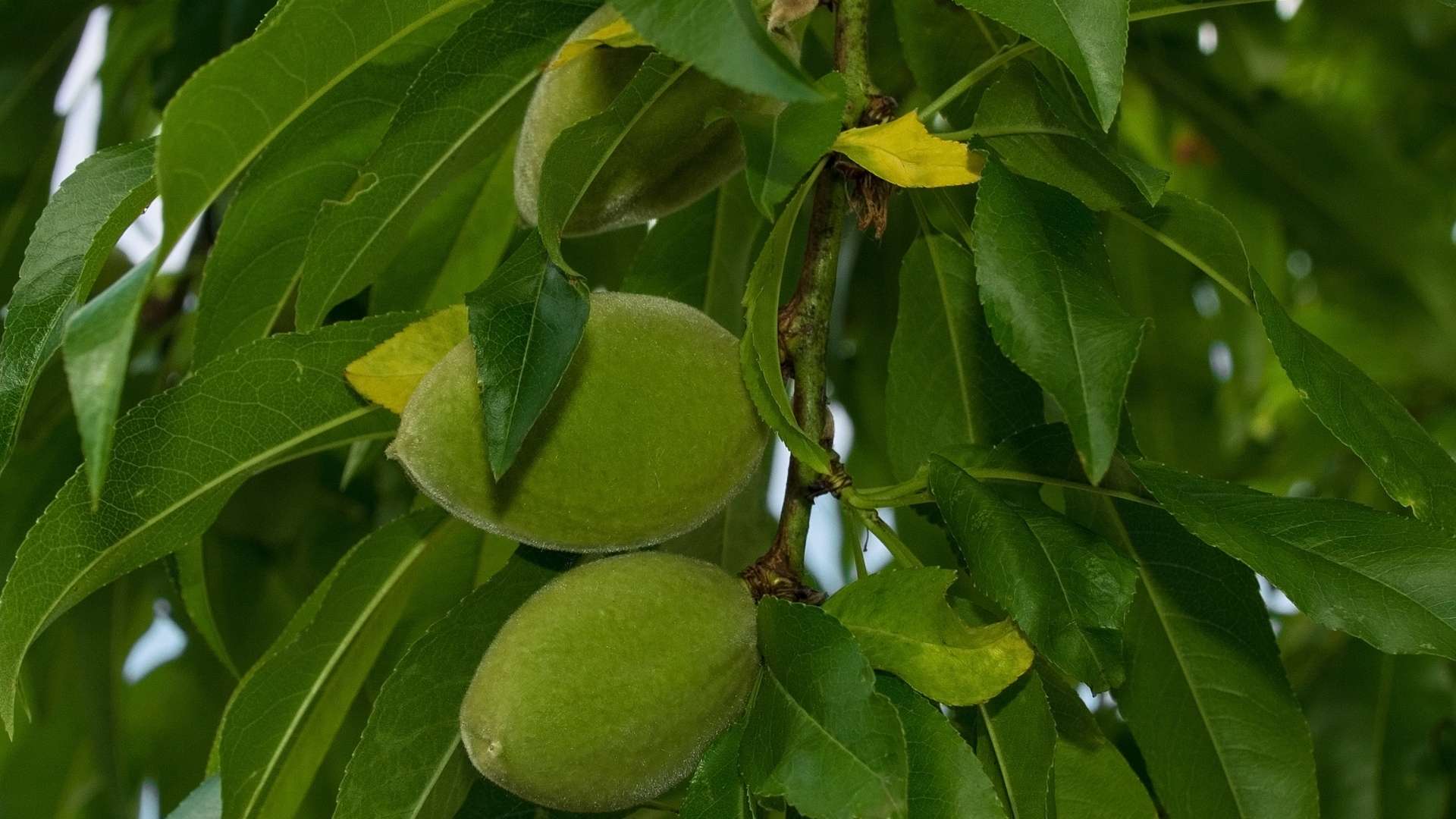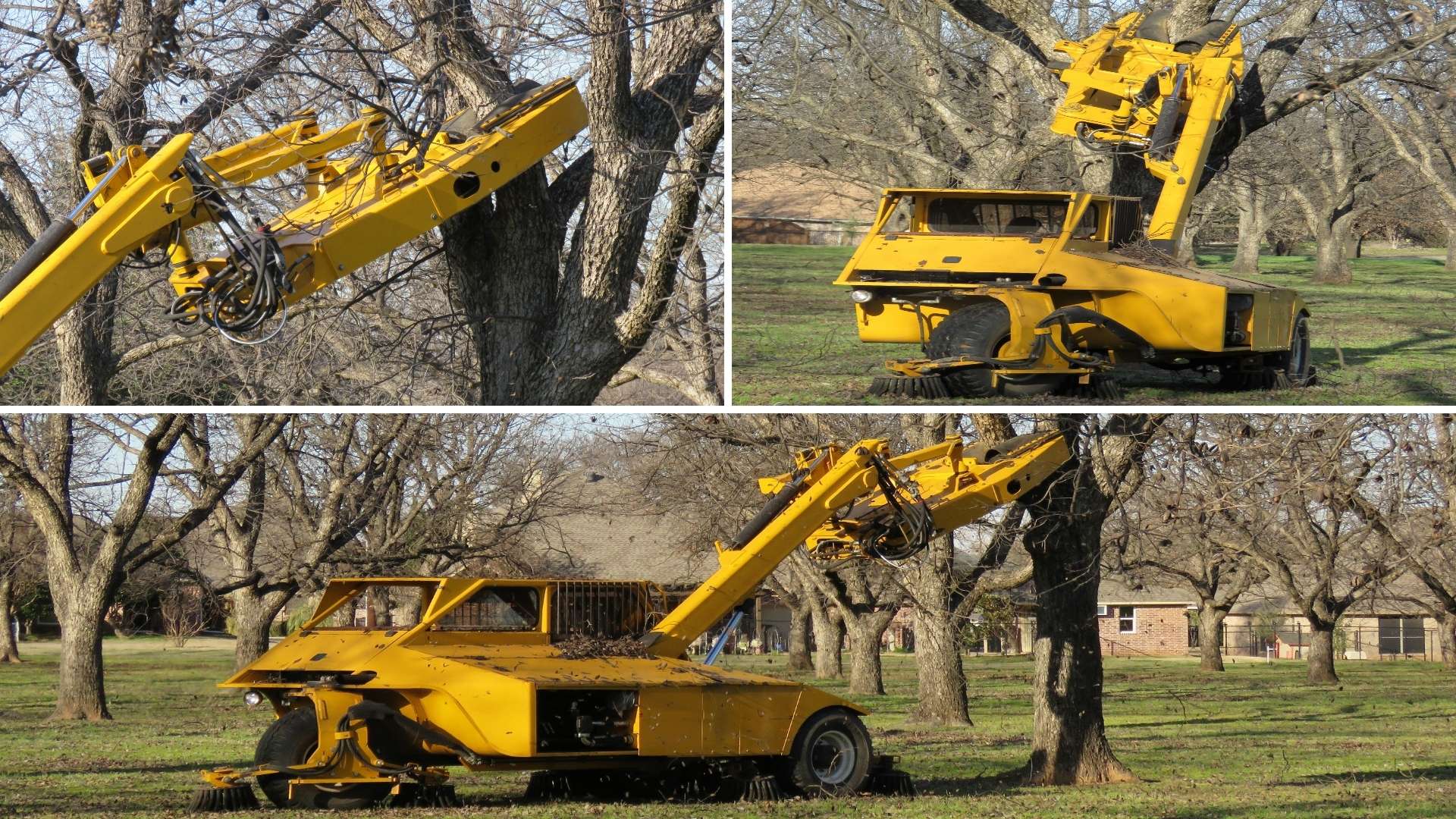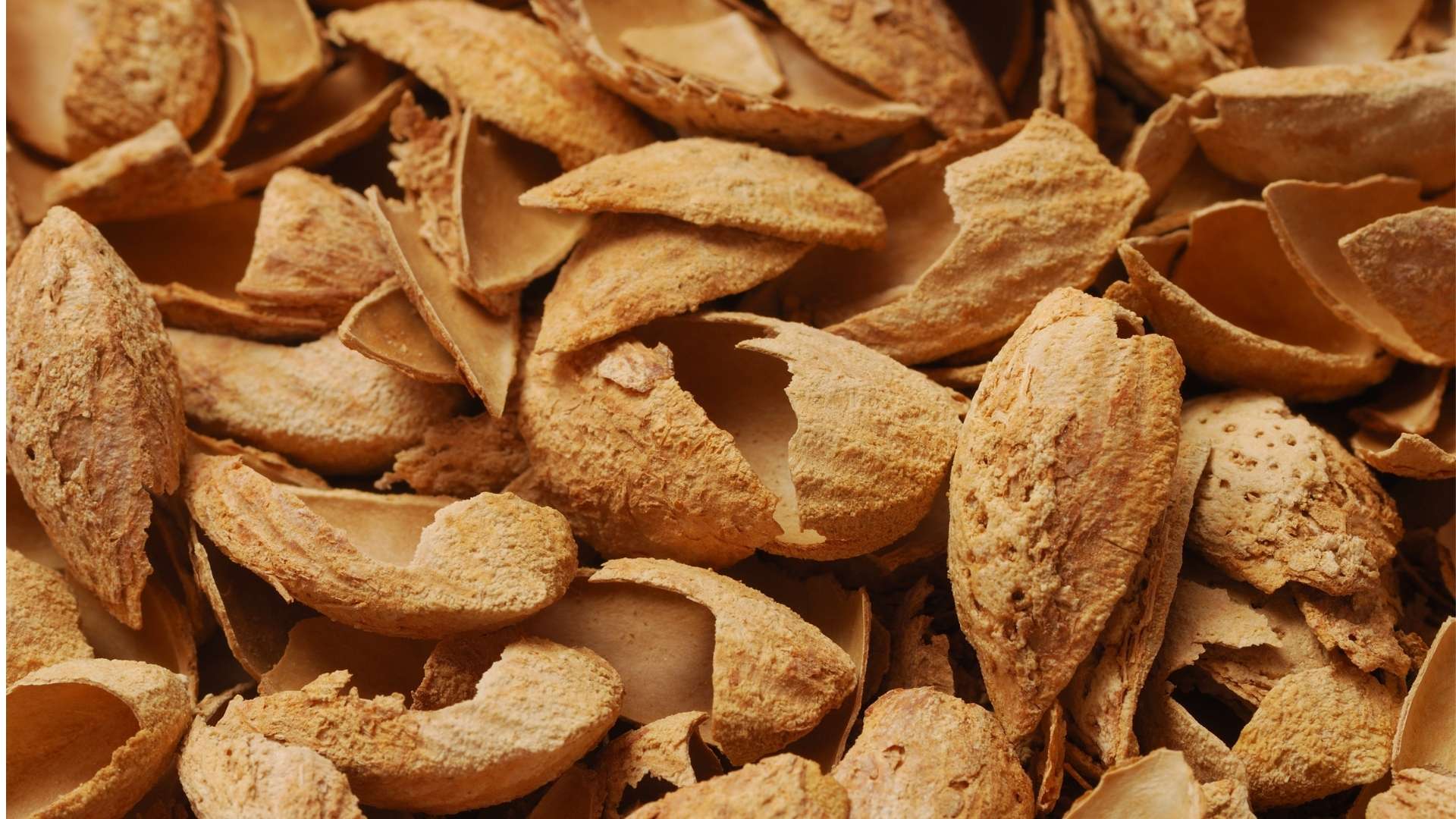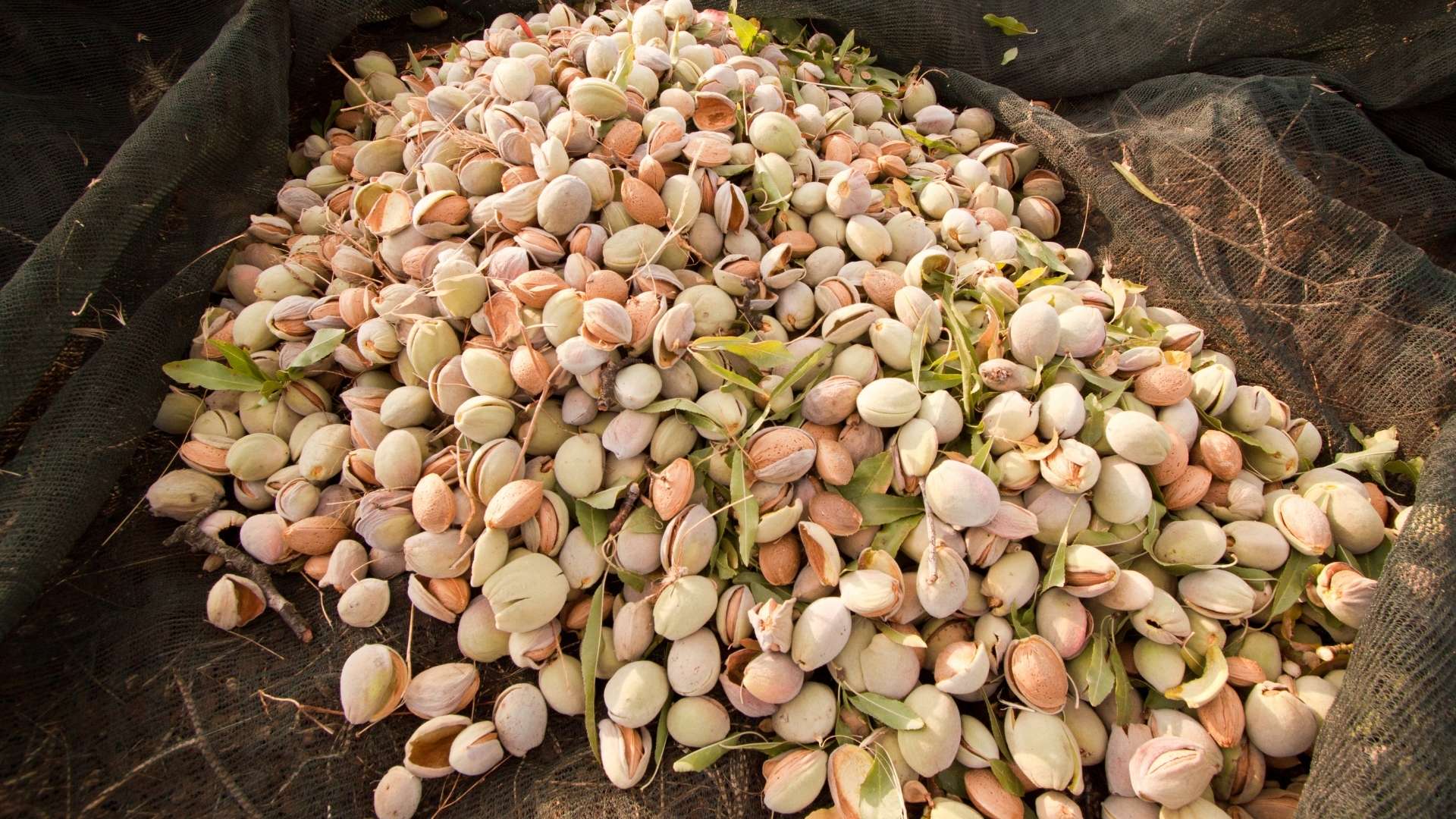Harvesting Almond Trees – How and When to Harvest
So, assuming that you’ve given an ear to our advices and invested in almond farmlands under the guidance of farmland investment plans and now, it’s time to yield our efforts! We’ve collected some good tips and tricks about harvesting almond for you to get the idea.

If you’re interested in owning almond farms, you probably know that the process of harvesting, processing and storing of almonds have an enormous effect on the almond and the tree quality and health. So, it’s important to know the important tips and tricks of almond harvesting to successfully harvest your almond fruits.
Right Time of Harvesting Almond
You probably think that the almond fruit are nuts, but actually they produce drupes. These drupes are edible and the outer fleshy part of the almonds and they mature in autumn. If you want to know the best time to harvest almonds, these drupes will let you know when. After the drupes are mature, they split open and start falling down from the trees. Don’t check the eye-level of the trees to make sure that the drupes are mature enough to harvest. Usually, the drupes do ripen at the top of the tree. The best time of harvesting almond is when the 95% of the almond drupes on the top of the tree have split.

The Best Method of Harvesting Almond
Shaking the almonds from the almond trees is known as the best almond collecting method. You can take down the almonds from the trees with rubber sticks that you can find in farming supply stores. When you harvest the almonds, you should avoid using metal or aluminum poles and sticks. This may lead to tree’s death or injury.
However, thanks to the recent and advanced technology, an almond harvesting machine called almond shaker does take all the trouble for you! It clamps the tree trunk and shakes all the almonds off the branches. But you also have to be careful not to damage the tree bark. Shaking operations should be made under the supervision of trained people.

Hulling Process of the Almonds
Right after the harvesting process, all the hulls around the nuts must be removed to keep the almonds as fresh as possible. As known by most of the farmers, the best way to remove the almond hull is done by hand. After removing the hull, all you see will be a wooden almond shell. Luckily, almonds are easy to peel. All you have to do is to peel off their shells. The almond shells should be exposed to sun for 3 to 4 weeks depending to the climate conditions.
For the mass production almond farmers, luckily, we have huller/sheller machines to make the process easier. Almonds go through a roller to remove the hull and the remaining stuff from the orchard such as sticks and rocks. And the result? Almonds are ready to store with a zero-waste approach with their shells used as livestock bedding and the hulls for dairy feeding!

Be An Agricultural Investor in Spain!
Being a farmer or not, even if you don’t know the tips and tricks of almond farming, you can still be an investor of an organic almond farmland! We provide management guarantee of your almond farmlands up to 45 years. We make sure of all the steps above are taken in your stead and deliver the best quality almonds to the market at the best and highest possible price.
You think you need more information? Contact us and feel free to ask.
All rights of this content prepared by Api Group Agro Inversiones SL (“API Group”) belong to API Group. These rights are protected and the partial or complete copying, reproduction, distribution, processing or use of the content in any way without permission and without reference will result in legal and criminal liability of individuals.

